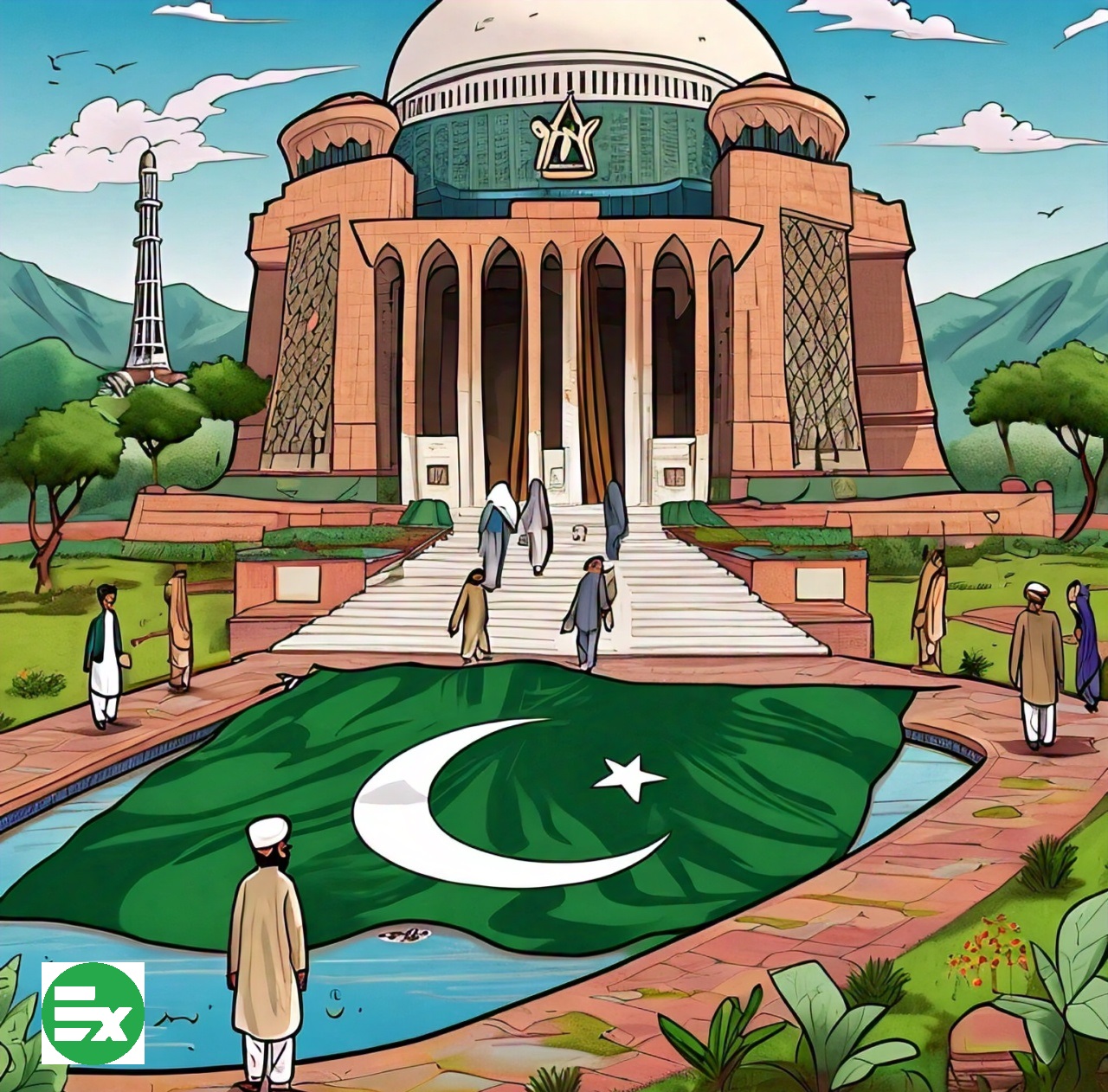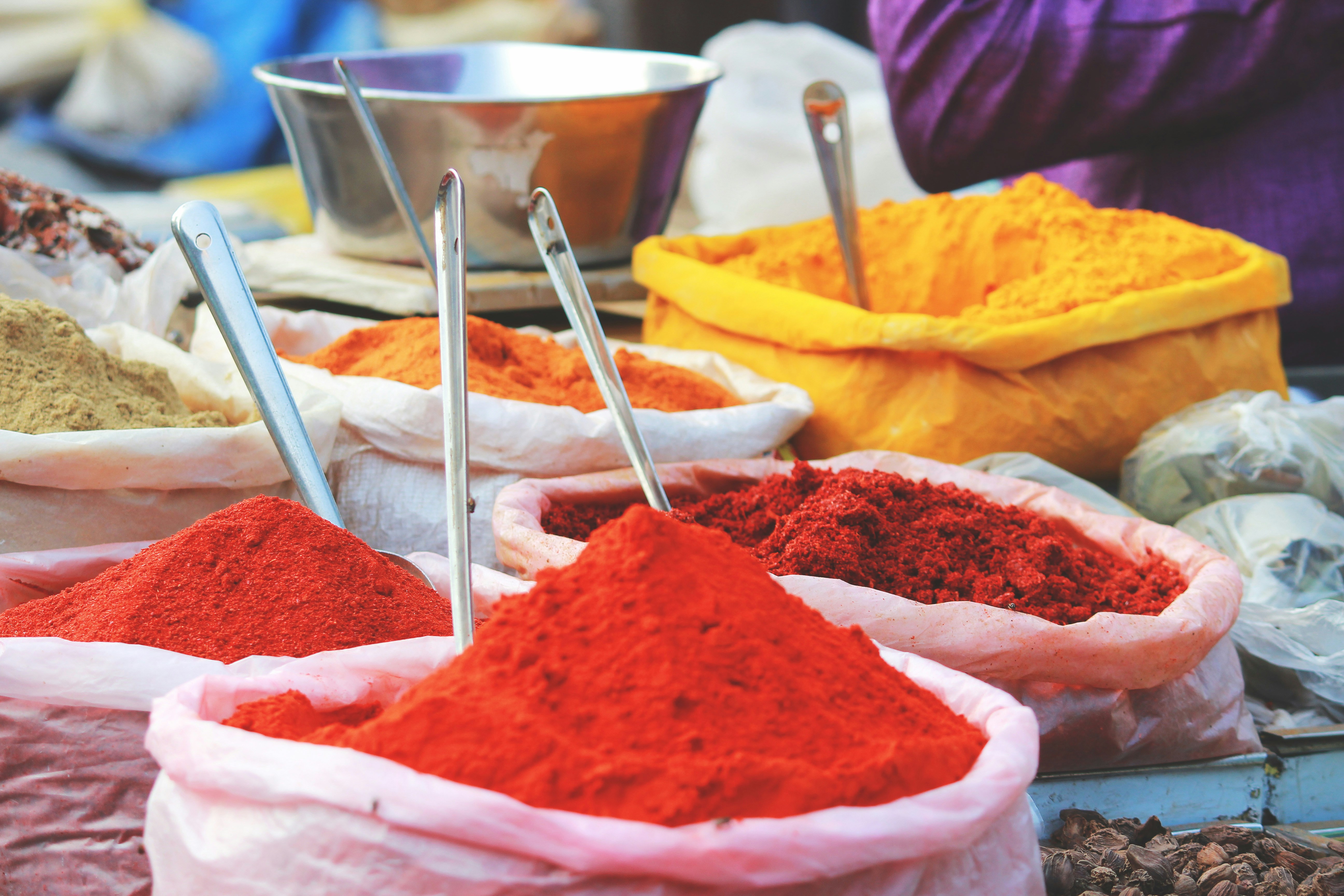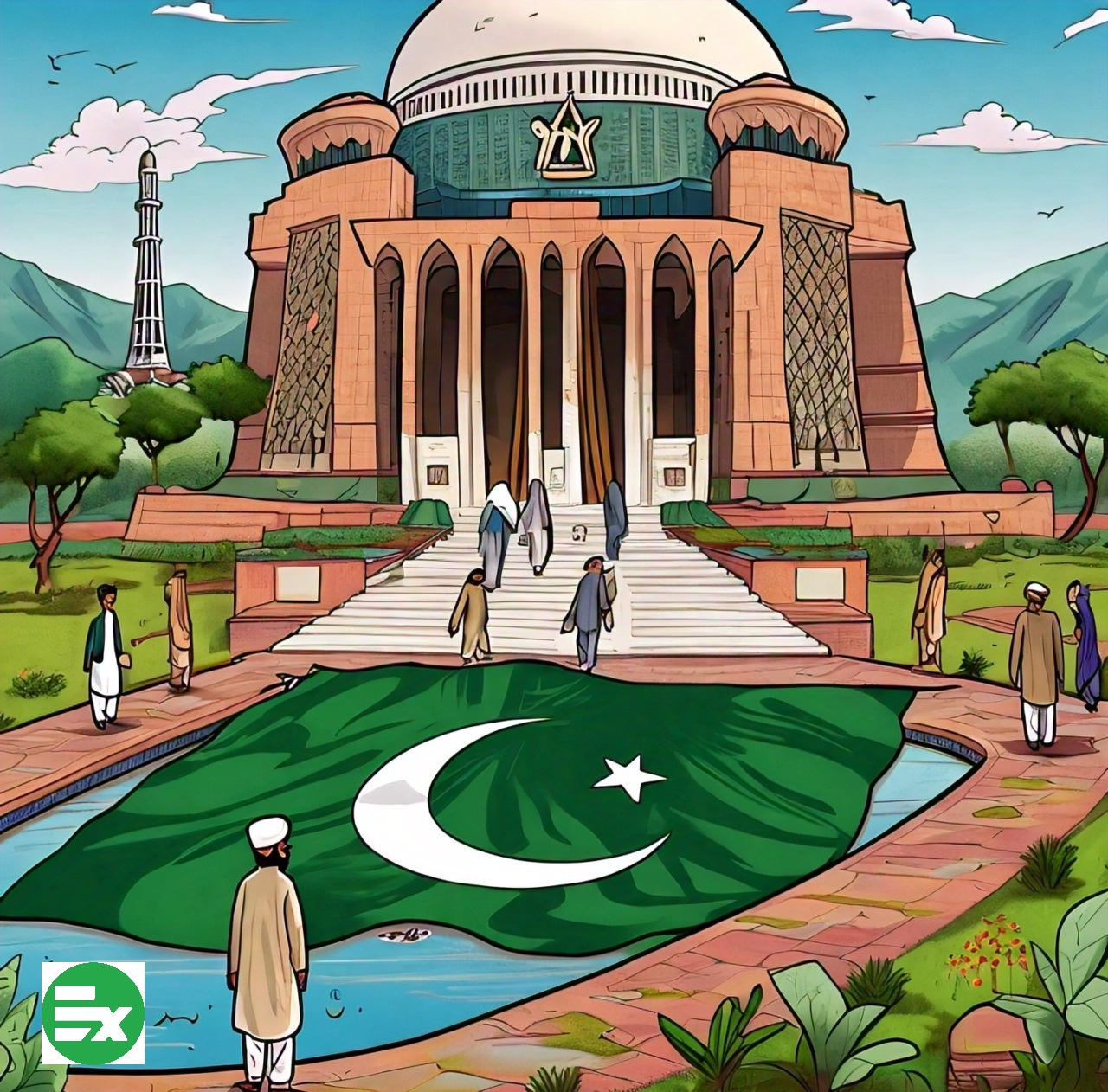
Sindh A Land Of Rich Cultural History

Many smart researchers had conducted thorough research on Sindh a lot. They found out interesting facts about Sindh from their research. One important thing they found is that some cruel people made a life of a famous person very hard to live in their area. This person prayed to God to help him because he and his people were being treated badly. In response, God asked them to take their family and the people who supported them and move to another place by boat. They did just that. They sailed across the sea to the mountains near Himalayas and settled near a cave. They had two sons. According to the research, they named one son "Hind" and the other "Sindh". As they grew up, Hind took care of the area they lived in, so it was named "Hind". The other son took care of another area, so it was named "Sindh". Later on, "Hind" became known as "Hindustan" while "Sindh" is still known as Sindh.
It's also an important discovery in history that for a long time both areas, "Hind" and "Sindh", continued to grow together as sister countries. Later on, they each had their separate histories.
One research also claims that the first society based on justice under the law was established in Sindh. Five thousand years ago, instead of having kings, there was a democratic system set up in Sindh so that everyone could live with dignity and respect, move forward, gain knowledge, do business, and farm. They made the first script for the Sindhi language and set up schools and technical institutions.
During this time, the people of Sindh invented the wheel, which led to the beginning of carts and made it easier to move agricultural produce from one place to another. According to the research, the people of Sindh were the first to make thread from cotton and cloth from thread, laying the foundation of the first textile industry.
Many ports were built along the coast of Sindh, and strong ships were made, turning the people of Sindh not only into exporters but also creators of ships for rivers and seas. At that time, Sindh's exports increased so much that products made in Sindh were supplied to places like Magan (Bahrain), Samir (Iraq), and Egypt.
During this period, the first industry for making gold and silver jewelry was established in Sindh, and the world's first instruments for measurement and weighing were also invented in Sindh. These instruments are still the standard for electronic instruments today and were later used in places like Magan, Samir, and Egypt.
As a result, during this period, Sindh became the richest and most progressive country in the world. At this stage, I provide this information that there were many sea ports in Sindh, although at that time there was only one port in Karachi, while most of the ports were in Thatta district. Besides, there was also a port near Badin district, which was mainly used for Muslims from neighboring areas to go on pilgrimage to India. The ports of Thatta district were very popular in many parts of the world, especially during the time of the Pharaohs of Egypt. The rulers of Egypt used to send their ships to those ports. The goods made in Sindh were available there, which they bought after reaching those ports. The cultural fabric made in Sindh was especially liked, which also included "Ajrak". There is no doubt that Ajrak is a distinguished symbol of Sindh's culture.













